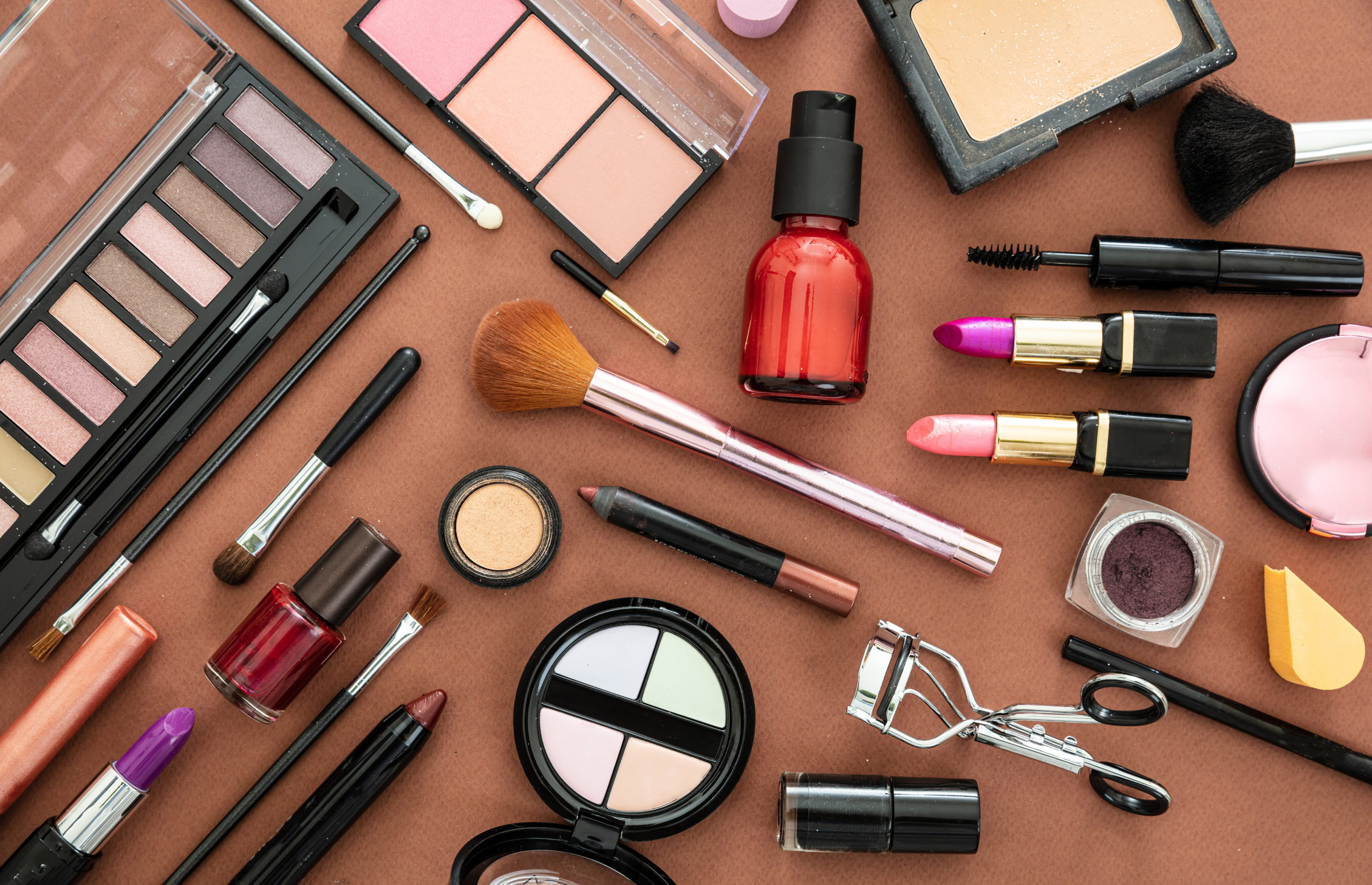Pulse of Information
Your source for the latest insights and updates.
Cosmetics: The Secret Language of Color
Discover how colors in cosmetics speak volumes! Unveil secrets to enhance your beauty and confidence with every shade.
Understanding the Psychology of Color in Cosmetics
The psychology of color plays a pivotal role in the cosmetics industry, influencing consumer behavior and preferences. Different colors evoke distinct emotions and perceptions; for example, red is often associated with passion and energy, while blue can convey calmness and trust. Marketers strategically use these associations to create branding that resonates with their target audience. By understanding the emotional connections people have with colors, cosmetic brands can tailor their products and packaging to elicit desired feelings, ultimately driving sales and loyalty.
In addition to evoking emotions, colors also play a significant part in determining the effectiveness of cosmetics in enhancing beauty and boosting confidence. For instance, warm tones such as peach and coral tend to give a youthful glow, whereas cooler shades like pink and lavender may impart a more sophisticated look. Understanding the psychology of color allows consumers to choose products that not only complement their skin tones but also align with their mood and the message they wish to convey. This deeper comprehension can transform the shopping experience into a more personal and fulfilling journey.

How to Choose the Perfect Lipstick Shade for Your Skin Tone
Choosing the perfect lipstick shade for your skin tone can enhance your natural beauty and elevate your overall look. First, identify your skin undertone, which can be classified into three main categories: cool, warm, and neutral. To determine your undertone, observe the veins on your wrist; if they appear blue, you likely have a cool undertone. If they appear greenish, you probably have a warm undertone. For those with neutral undertones, both blue and green hues are present. Once you've identified your undertone, you can narrow down the lipstick shades that will complement your complexion.
For **cool undertones**, opt for colors with blue or purple bases, such as berry, plum, or cool reds. If you have **warm undertones**, shades like coral, orange-red, and warm pinks will look stunning on you. For those with **neutral undertones**, you have the flexibility to play with both warm and cool shades, but consider balanced tones such as rosy pinks or soft mauves. Always test the lipstick against your lips in natural light to ensure it harmonizes well with your overall appearance. By understanding your skin tone and trying various shades, you'll find the perfect lipstick to express your unique style.
The Impact of Color Theory on Beauty Trends
The impact of color theory on beauty trends is significant, as colors evoke emotions and can influence consumer behavior. Understanding the psychology of color helps beauty brands select shades that resonate with their target audience. For instance, vibrant colors like red are often associated with passion and confidence, making them popular choices in lipsticks, while softer hues such as pastels convey a sense of calm and tranquility, appealing to those looking for a more subdued look. Beauty trends often reflect seasonal palettes, utilizing colors that align with broader fashion trends and cultural movements.
Additionally, the integration of color theory into makeup artistry allows for creative expression and versatility. Makeup artists utilize complementary colors to enhance natural features, creating striking contrasts that draw attention to the eyes or lips. For example, using warm tones like oranges and yellows can brighten olive skin tones, while cool colors like blues and greens can provide a refreshing pop against warmer complexions. As a result, beauty trends are continually evolving as artists experiment with color combinations, inspiring a cycle of innovation that captures the essence of contemporary aesthetics.